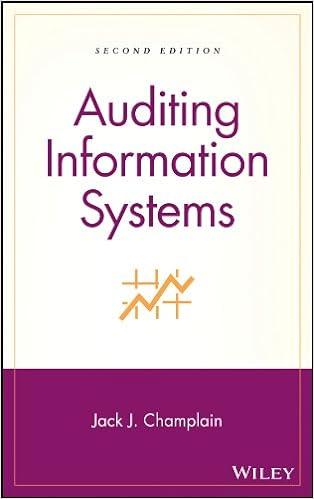Answered step by step
Verified Expert Solution
Question
1 Approved Answer
Read Case 9-1 A match made in beer heaven describe how the companies combined created a global set of beer brands that were marketed
Read Case 9-1 " A match made in beer heaven" 

biggest global companies Case 9-1 AB InBev and SABMiller: A Match Made in (Beer) Heaven? South African Breweries (SAB) PLC had a problem. The company owned more than 100 breweries in 24 countries. South Africa, where SAB had a commanding 98 percent share of the beer market, accounted for approximately 14 percent of annual revenues. However, most of its brands, which include Castle Lager, Pilsner Urquell, and Carling Black Label, were sold on a local or regional basis; none had the global status of, say, Heineken, Amstel, or Guinness. Nor were the company's brands well known in the key U.S. market, where a growing number of the "echo boom"-the children of the nation's 75 million Baby Boomers-were reaching drinking age. In the early 2000s, then-CEO Graham Mackay embarked on a buying spree; over the course of 14 years, Mackay negotiated dozens of merger, acquisition, and joint-venture deals. Before long, SABMiller had operations in nearly 80 countries. For example, Mackay bought Philip Morris's Miller Brewing unit. The $3.6 billion deal created SABMiller, the world's number 2 brewer in terms of production volume; Anheuser-Busch InBev ranked first. Miller operates nine breweries in the United States, where its flagship brand, Miller Lite, has struggled to maintain market share. Among the challenges facing SABMiller was to revitalize the Miller Lite brand in the United States and then to launch Miller in Europe as a premium brand. SABMiller's relentless pursuit of global market opportunities began under the leadership of CEO Mackay and continues with current CEO Alan Clark (see Exhibit 9-10). The actions of both executives illustrate the fact that most firms face a broad range of strategic options. In the last chapter, we examined exporting and importing as ways to exploit global market opportunities. However, for SABMiller and other brewers, exporting their brands in the conventional sense) is just one way to "go global." In this chapter, we go beyond exporting to discuss several additional entry mode options that form a continuum. As shown in Figure 9-10. the levels of involvement, risk, and financial reward increase as a company moves from market-entry strategies such as licensing to joint ventures and ultimately, various forms of investment * Exhibit 9-1 138 Two decades ago, South African Breweries was a local company that dominated its domestic market. Using Joint ventures and acquisitions, the company expanded into the rest of Africa as well as key emerging markets such as China, India, and Central Europe. Today, SABMiller is a global brewer whose portfolio stit includes local brands. For example, Kilimanjaro is popular in Tanzania, where the competition includes brands from Diageo-owned East African Breweries such as Tuskerar Serengen SABMiller's merger with Anheuser Busch InBev created the world's largest brower. Source: Fabar von BROKERA Stock Photo 174 212 Figure 9-1 Investment Cost/Level of Involvement of Market-Entry Strategies When a global company seeks to enter a developing country market, an additional strategy issue that must be addressed is whether to replicate, without significant adaptation, the strategy that served the company well in developed markets. You will learn more about the strategic options available to the brewing industry in the continuation of Case 9-10 at the end of the chapter. To the extent that the objective of entering the market is to achieve penetration, executives at global companies are well advised to consider embracing a mass-market mind-set. This may well mandate an adaptation strategy." Formulating a market-entry strategy means that management must decide which option or options to use in pursuing opportunities outside the home country. The particular market-entry strategy that company executives choose will depend on their vision, their attitude toward risk, the availability of investment capital, and the amount of control sought describe how the companies combined created a global set of beer brands that were marketed and sold globally. How did they market some beer in specific nations? What are some advantages and disadvantages to consumers of global brands in the beer category? 



Step by Step Solution
There are 3 Steps involved in it
Step: 1

Get Instant Access to Expert-Tailored Solutions
See step-by-step solutions with expert insights and AI powered tools for academic success
Step: 2

Step: 3

Ace Your Homework with AI
Get the answers you need in no time with our AI-driven, step-by-step assistance
Get Started


